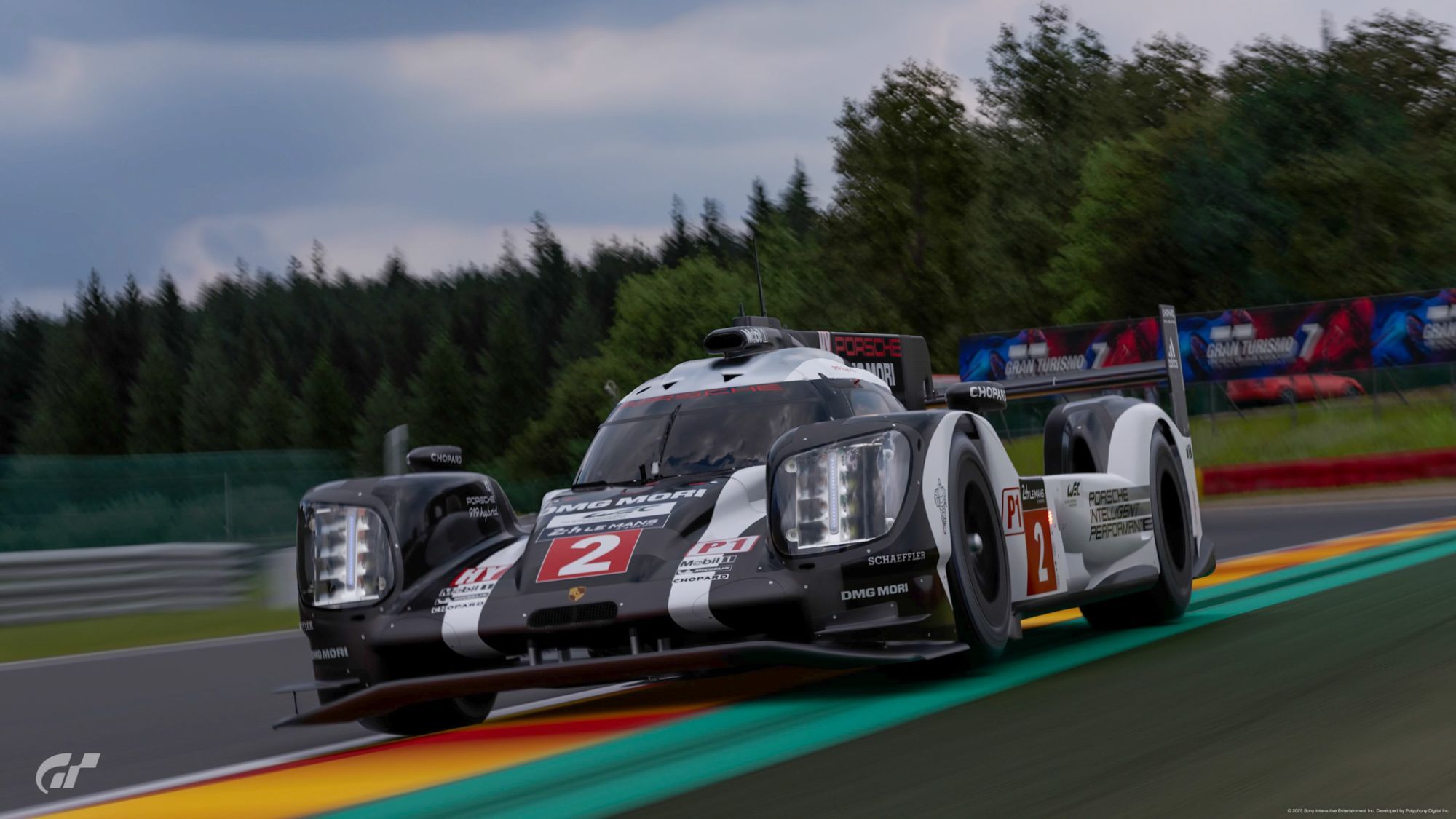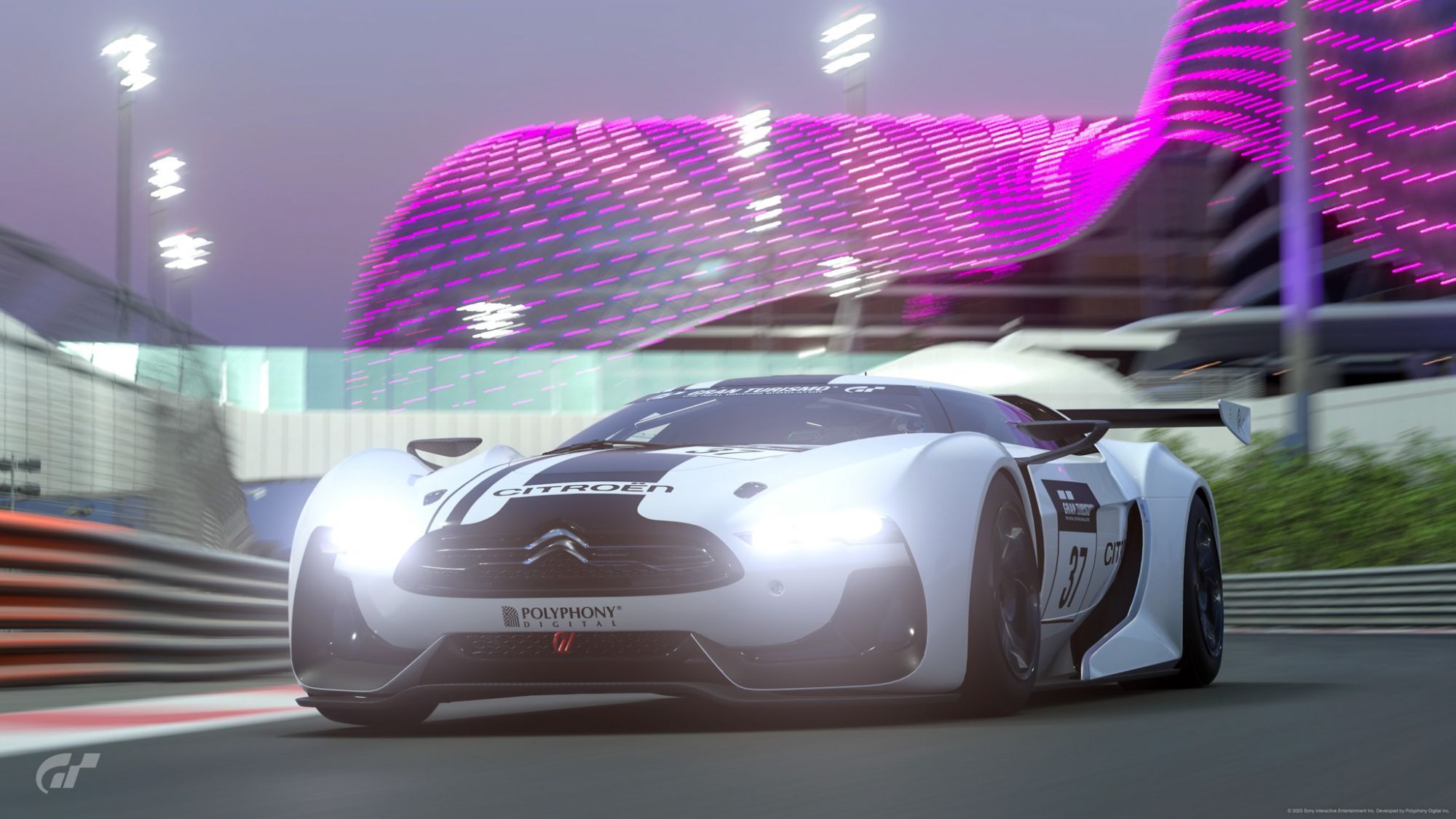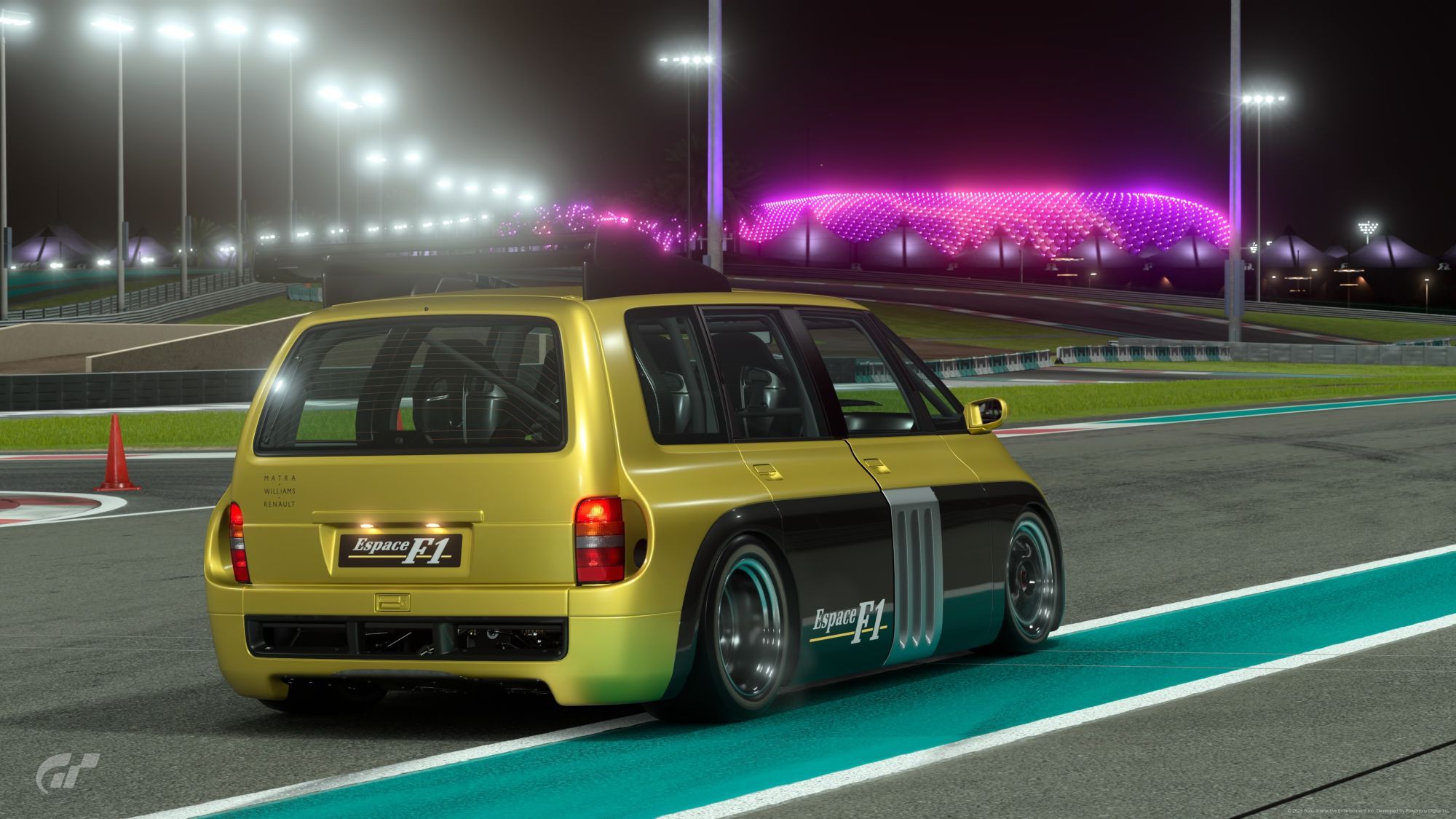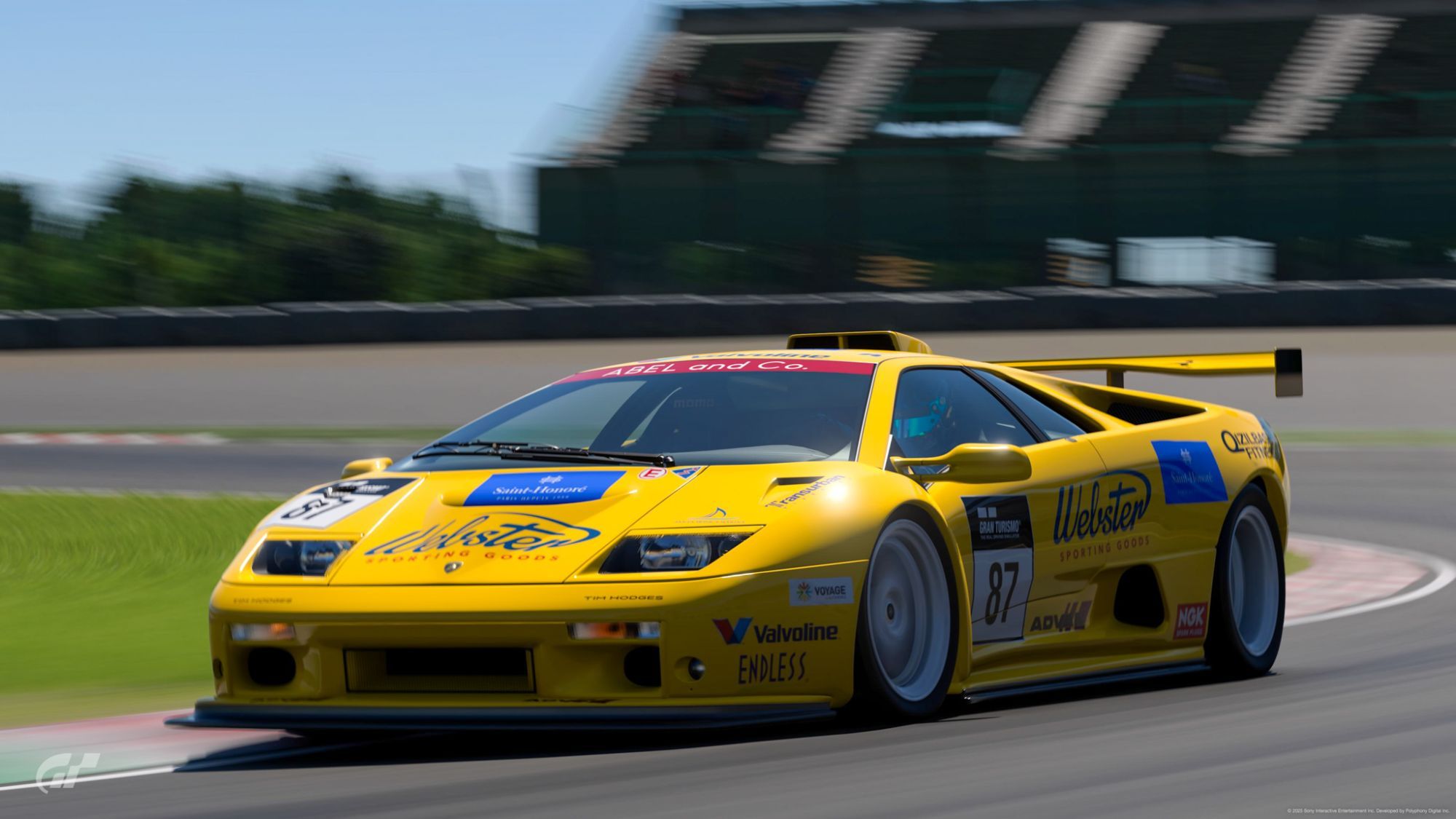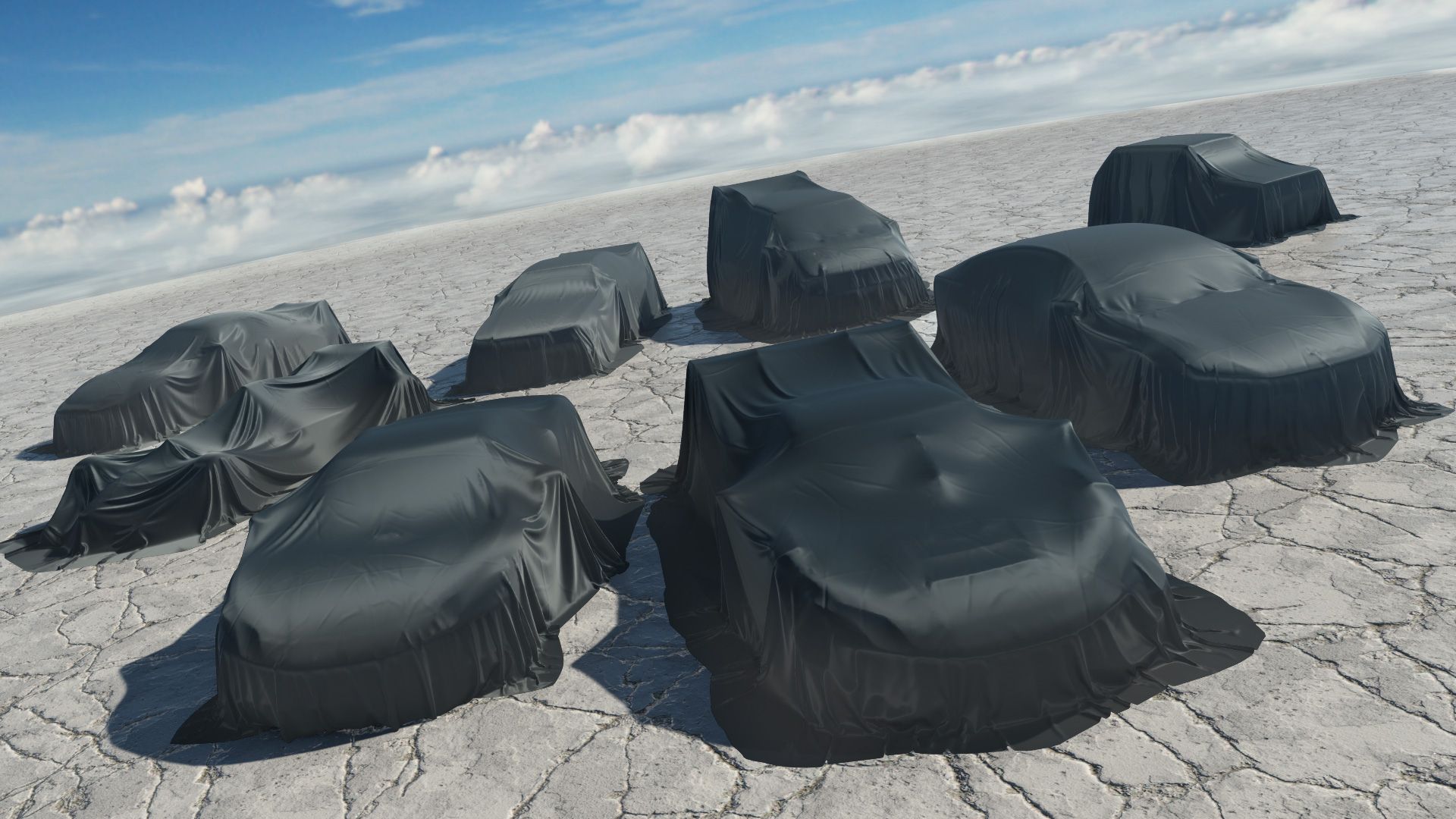
Brake Balance in Gran Turismo 7
Of all the tuning options, brake balance is perhaps the most vital setting that affects the basic handling and cornering dynamics of a race car.
Understanding Brake Balance in GT7
In Gran Turismo 7, brake balance is adjustable on a scale ranging from -5 (favoring the front brakes) to +5 (favoring the rear brakes). This system permits players to fine-tune their car's response during braking, influencing oversteer or understeer tendencies. A balanced braking system ensures stability during cornering, optimizes traction, and contributes to shorter stopping distances. Drawing from in-game experiences, here's a deeper exploration into brake balance setups for different car configurations:
1. McLaren 650S - Mid-Engine (MR)
Optimal Brake Balance: 0 or -1
Mid-engined cars like the McLaren 650s have their mass distributed almost centrally. As such, they should have good agility in corners. When the brake balance was set to 0 or -1, the car certainly had predictable behavior under braking. However, the extremes revealed interesting findings:
At -5, a forward bias, the McLaren suffered from understeer. This made it feel as if the front end was reluctant to pivot into corners, and it took a little more muscle to turn the car. On the other hand with a bias of +5 to the rear, the rear of the car started to get very skittish and liked to come out, especially when the driver really hung on the brakes or in tight turns.
2. Mercedes AMG - Front Engine (FR)
Best Brake Balance: +2 or +3
Cars with a front-engine, rear-wheel-drive layout, like the AMG, usually have more weight over the front wheels. So the brake balance needs to be biased a little toward the back to handle better:
-
- A brake balance of +2 or +3 proved to be the sweet spot
- At the extreme of -5, the car has a pronounced understeer
- A fully rearward bias of +5, while exciting, made the car's back turn more than it should, making it a handful to control, especially in braking zones.
3. Peugeot RCZ - Front-Wheel Drive (FF)
The Perfect Brake Balance: +5 Front-engine, front-wheel-drive cars, epitomized by the RCZ in this case, traditionally suffer from understeer due to their forward weight concentration:
- With a forward brake bias of -5, the car was understeering into corners.
- However, a rearward bias of +5 transformed the RCZ, making it turn much better.
Key Considerations for Brake Balance Adjustments:
MR (Mid-Engine Rear-Wheel Drive)
Theory: Because of the engine's location nearer to the middle point of the car, between the driver and the rear axle, the weight on MR cars is better distributed. This will transfer more weight to the front under braking, though not anywhere near as extreme as FR or FF.
Implication: A neutral to slightly front-biased brake setting helps stop the front tires, which take on more of the braking responsibility, as described above, from locking up too early.
FR (Front-Engine Rear-Wheel Drive)
Theory: In this type of car, most of the weight is in the front because of where the engine is placed. Under braking, even more of the weight shifts to the front, so lock-up of the front tires is definitely a concern.
Implication: The result of moving the brake bias slightly back is that the car uses more potential braking from its rear tire. This makes the braking forces more balanced and subsequently reduces the chances of either end locking up.
FF (Front Engine Front Wheel Drive)
Theory: FF cars have their engine and drivetrain at the front. This brings a notable weight concentration towards the front, and under braking, this effect is exaggerated, thus making the rear very light.
Implication: An excessive rearward brake bias would tend to bring the rear tires more into use during braking, lessening the tendency for understeer that is typical of FF cars.
4WD (Four-Wheel Drive)
Theory: This car sends the power to all of its four wheels and, of course, normally offers more grip with stability, particularly in challenging conditions. All these differ depending on the specific design and engineering of the car.
Implication: For 4WD cars, the brake balance can be kept slightly front-biased because in this way it can help in situations that need the maximum front-end grip. Conversely, on dry tracks where oversteer can be controlled or even desired for sharper turn-in, a rearward bias can be beneficial.
Types of Corners: Every different track throws up varied challenges. With a bias toward rearward, such as in a circuit mainly dominated by fast, flowing corners, it could be that car rotation is allowed to happen earlier. Circuits with tight corners, chicanes, or hairpins will likely require more forward bias for stability.
Elevation Changes: Circuits that are some gradient going downhill or require heavy braking at the ends of straights, usually demand a more forward bias. A setting around -2 will help keep the rear of the car more planted, therefore reducing the spinning hazard.
Brake balance is much more than a setting; it is a tool, a bridge between the player and the virtual tarmac, altering lap times and driving experiences. It really opens up a whole new dimension to any player's racing prowess when mastering that tool.













